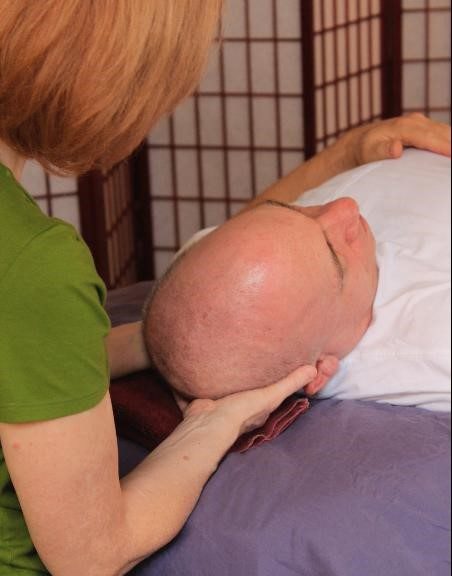Have you ever wondered why receiving Zero Balancing (ZB) feels so good? You may have received massage or other helpful bodywork, yet there’s something unique about your experience during a Zero Balancing session. It feels so relaxing, so safe, so good!
Safety and relaxation go hand in hand and both feel good. It’s very difficult to feel relaxed if you feel like you need to keep an eye on the practitioner. It’s difficult to feel good if you feel anxious. Think about the people in your life you feel most relaxed around. These are people you trust. You can relax because you know they aren’t likely to hurt you by suddenly saying something mean or seeking to physically harm you. Instinctively, you feel safe.
Yet the quality of Zero Balancing touch goes deeper than safety and relaxation. There’s a feeling of acceptance and support that is communicated. Touch communicates instantly and touch doesn’t lie.
Zero Balancing touch results from the practitioner’s focus on two important things: 1) touching your structure and energy simultaneously and consciously and 2) maintaining a clear boundary.
What is touching your structure and energy simultaneously and consciously? First, it’s important to understand that Zero Balancing practitioners view the world through the lens of structure and energy. Structure is what can be seen. Energy is unseen. If you look at a tree on a windy day, you see the leaves, the structure. You can’t actually see the wind, the energy. You see the leaves moving and you know the wind is blowing but you can’t actually see the wind.
In people, structure includes all parts of us that can be seen, either with the naked eye or with a microscope. Examples would include bones, muscles, organs, and cells. Energy encompasses what can’t be seen but is still very much a part of us, like our thoughts, feelings, and beliefs, the movement of our organs and blood, and our life force, vitality or chi.
Zero Balancing practitioners are trained to be consciously aware of both the structure and energy of the client with each technique throughout the session. Someone shaking your hand is actually touching your energy along with the skin, muscles and bones of your hand, but may not be paying attention to the unseen aspects of you. Receiving therapeutic bodywork that attends to both your structure and energy means all parts of you are being seen and cared for. This engenders a feeling of deep support and acceptance.
The second important aspect is the practitioner’s attention to boundary. This type of touch is called Interface. There are many therapeutic ways to work with energy when doing bodywork that may or may not emphasize boundary. In Zero Balancing, the practitioners are trained to pay special attention to maintaining a clear energetic boundary with their touch. Both client and practitioner can feel where the practitioner stops and the client begins. This aspect can be especially helpful with trauma survivors. I’ve had several clients who have survived serious trauma comment, “I don’t know why I feel so safe.” Interface touch is one of the reasons.
Lastly, conscious touch that feels safe is a highly held value in Zero Balancing training and practice. The belief is that the respect, acceptance and safety that are instantly communicated through conscious touch creates a space where deep and lasting healing can happen.

